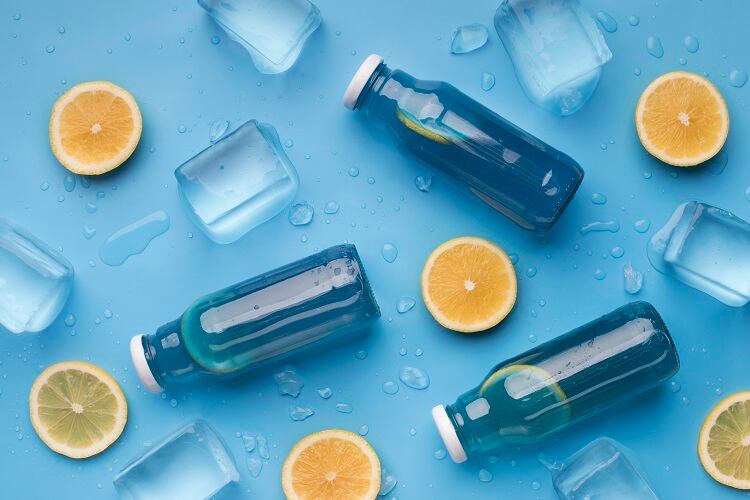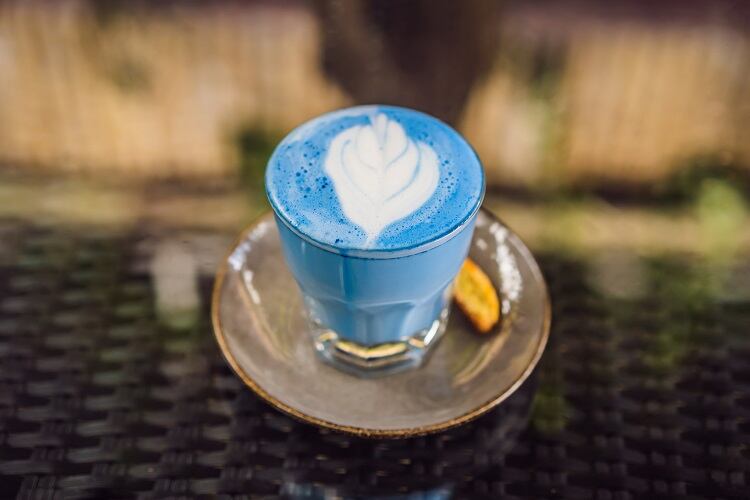The colour blue is rare in nature, and as such, the pigment has been highly sought after – in textiles and paints alike – for millennia.
An ‘eye-catching’ and ‘exciting’ colour, blue has also proved an attractive hue for food and beverage makers. In the drinks category, well-known blue drinks range from blue lagoon cocktails to berry-flavoured soft drinks, blue lattes and functional sports beverages.
As the clean label trend continues apace, consumers are increasingly looking to avoid artificial synthetic colorants. But in the blue category, whether synthetic or natural, Israeli start-up Gavan says both face the same problem.
“Both synthetic blue dyes and plant-based blue colouring have regulatory, stability, intensity, or price challenges,” explained Yael Leader, head of product for Gavan.
“The main barrier to creating food formulations with natural colours is stability – the ability to overcome formulation challenges and ensure vibrant and consistent true blue throughout the product’s shelf life.”
While delivering a health-stable, naturally derived, vibrant blue for products with low pH is ‘tricky’, as any heat treatment or shift in pH can influence the colour’s shade, Gavan believes it has found the solution in spirulina.
Phycocyanin pigment-protein
A type of blue-green algae, spirulina contains a pigment-protein known as phycocyanin, which produces a pure blue colour.
Gavan’s proprietary, non-GMO technology extracts phycocyanin and optomises the colourant ‘gently, without damaging the source, and enables the extraction of multiple compounds from the whole spirulina, without waste.

The result is a stable, blue colourant developed from technology that protects it from fading, event at pH as low as 3.0 or when pasteurised at 90°C for 30 seconds, noted the start-up.
“In addition, the platform’s control over particle size offers improved stability throughout the final product’s shelf life.”
Fortified drink potential
Gavan says its platform allows for a ‘full spectrum’ of stable shades of blue, but as blue is a primary colour, it also ‘opens a window’ to producing other colours, from non-chlorophyll green to purple shades.
The start-up’s natural colouring formulation can be used for hot beverages, such as tea and coffee, as well as functional drinks and sports drinks.
“We have experienced quite a hearty demand from companies who are saying their consumers are looking for new experiences They have expressed a desire to widen their colour palates and are becoming more adventurous,” Itai Cohen, CEO and co-founder of Gavan, told FoodNavigator.
“This has spurred a growing demand for natural colours, whether blue or green, primarily for categories like functional beverages such as sports drinks and energy drinks and even cocktails.”
However, within the functional beverage category, when a large amount of vitamins and minerals can be added, ingredients can react with pigments and accelerate the colour degradation process.
This can cause fading, or create a complex binding of pigments and minerals that can deposit sedimentation in the final application, we were told.
Gavan’s platform provides a solution for the fortified beverages sector, amongst others.
From a clean label perspective, the colourant is marked as ‘spirulina extract’ on ingredients lists. “It complies with FDA-21 CFR US code of federal regulation code title 21,” said Cohen.
“The colouring principle complies with section 75.530 spirulina extract.”


